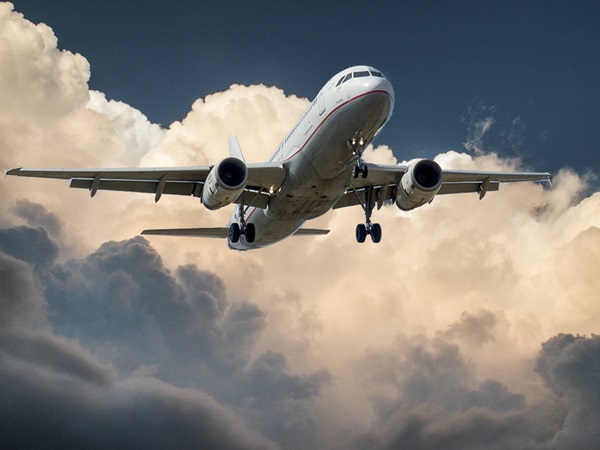The concept of autopilot, a system used to guide the path of an aircraft without the pilot’s constant hands-on control, marks a significant chapter in the history of aviation. Its development not only revolutionized air travel but also paved the way for advancements in technology and flight safety.
Aviation, the art of aeronautics, including the design, development, production, operation, and use of aircraft, has seen transformative changes since the Wright brothers’ first flight in 1903. The field has evolved from the early wood-and-fabric aircraft to the sleek, sophisticated jet airliners and spacecraft of today. Aviation has not only shrunk the world by enabling faster travel across continents but has also been a key driver of globalization, connecting people, cultures, and businesses like never before. These days, even without actual flying, everyone is influenced by aviation through movies, music, visual art, entertainment, including the Aviator game, and more.
The journey of autopilot began in the early 20th century. The term “autopilot” was first used by Lawrence Sperry, the inventor and aviation pioneer, during a dramatic demonstration in 1914. Sperry, along with his mechanic, showcased the first autopilot system by leaving the controls of an aircraft during flight, astonishing the onlookers. This rudimentary system, known as the “gyroscopic stabilizer,” used a gyroscopic flight control mechanism to stabilize the plane. It marked the inception of automated flight control systems.
Over the years, autopilot systems evolved significantly. In the 1930s, further advancements were made with the introduction of more sophisticated gyroscopes and servomechanisms. This led to the development of systems capable of not only maintaining an aircraft’s attitude but also its altitude. During World War II, autopilot technology took a significant leap forward. It became a critical component in long-range bombers, allowing for more precise navigation over extended missions.
The principle of operation of modern autopilot systems is a marvel of engineering and technology. At its core, autopilot uses a set of sensors that measure variables such as speed, altitude, and direction. These sensors feed data to a flight control computer that processes the information and sends commands to the aircraft’s control surfaces and engines. This system continuously adjusts as needed, ensuring the aircraft stays on its set course and altitude.
A typical autopilot system consists of three main components:
- Control Units: These are the interfaces where the pilot inputs the desired flight profile, including altitude, speed, and course.
- Computer Systems: The heart of the autopilot, these systems process the data received from various sensors and make real-time decisions to adjust the flight controls.
- Actuators: These mechanical components execute the commands from the computer systems, adjusting the control surfaces such as ailerons, elevators, and rudders.
Today, autopilot systems are an integral part of modern aircraft, ranging from small commuter planes to large commercial airliners. They have become sophisticated enough to handle virtually all phases of a flight, from takeoff to landing, under the watchful supervision of human pilots. This has significantly reduced pilot workload, increased efficiency, and enhanced safety.
The future of autopilot systems is closely tied to the development of fully autonomous flight. Companies and researchers are exploring ways to make unmanned flights a reality, potentially revolutionizing air travel once again. However, the transition to fully autonomous flight requires overcoming significant challenges, including safety, regulatory, and ethical considerations.
The development of autopilot is a testament to human ingenuity and the relentless pursuit of progress in aviation. From Sperry’s first demonstration to the complex computer systems of today, autopilot has played a pivotal role in shaping the course of aviation history. As we stand on the brink of a new era with the potential of autonomous flight, it’s clear that the journey of autopilot and aviation is far from over, continuing to soar towards new horizons and possibilities.


